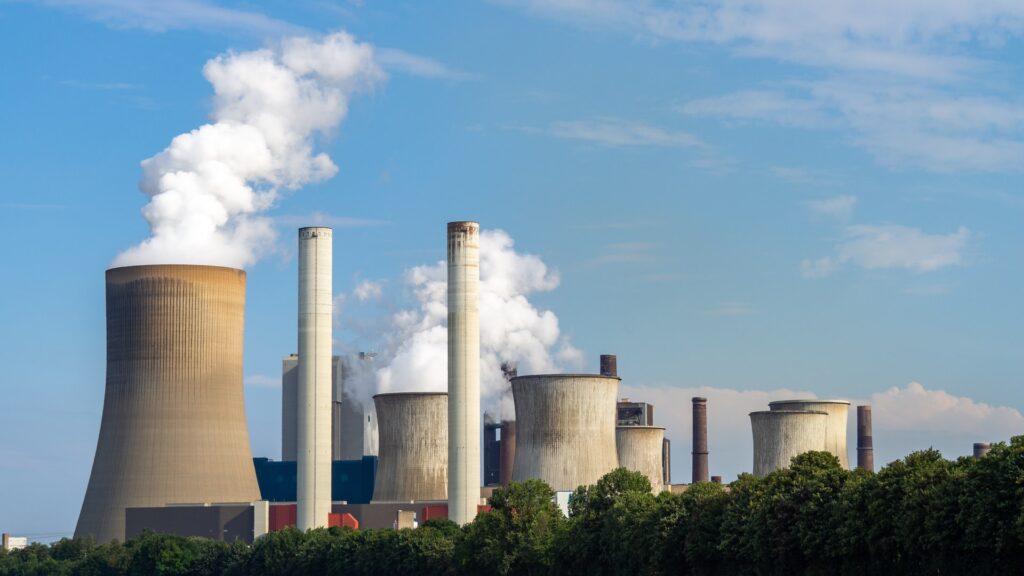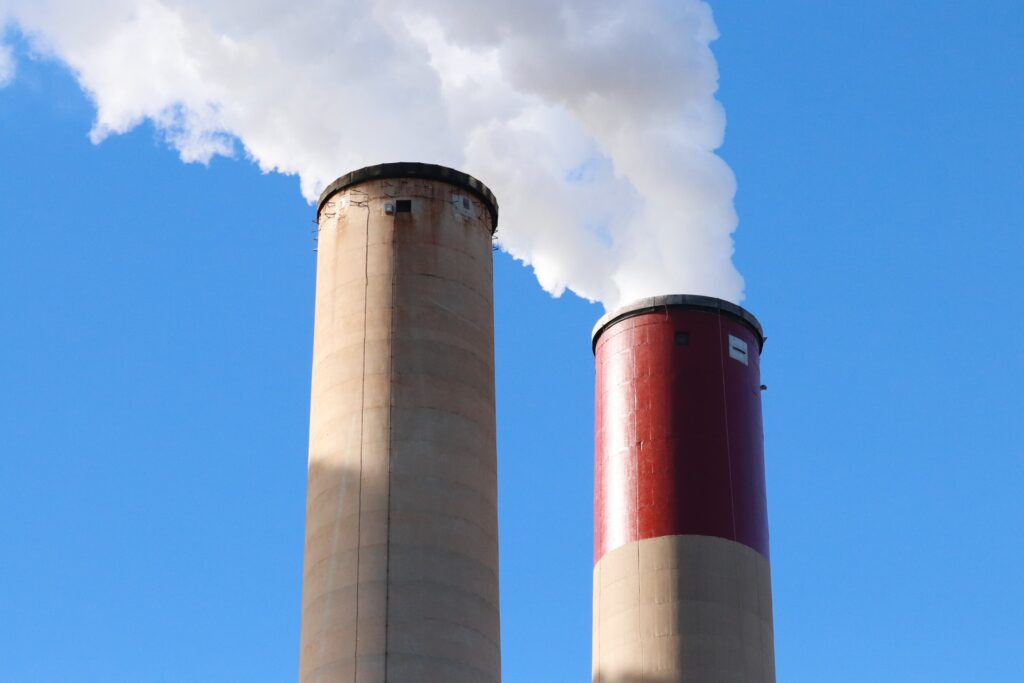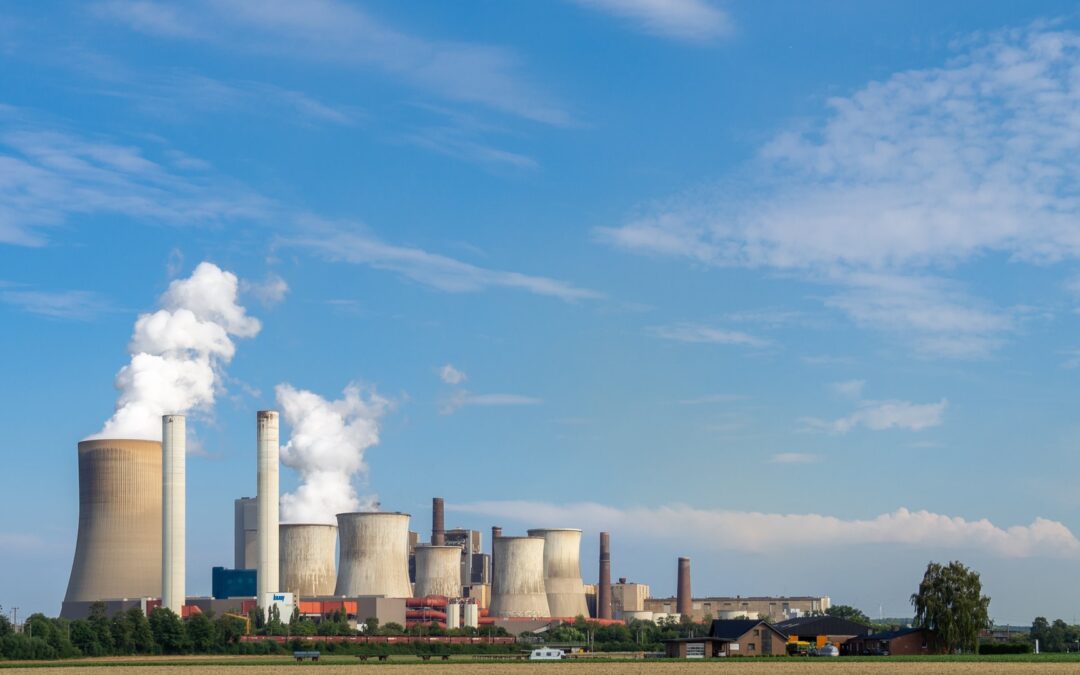We enter into the electric age since the 19th century. From that time, our daily life has a tight relationship with electricity. Usually, we come back home and turn up the switch to use all types of family appliances. But i believe few of you know exactly how the power is generated by power plant. Let’s dive into this topic and get to know the power plants as well as the power distribution system.
Table of content
What is a Power Plant?

A power plant (otherwise called a power station or power generating station), is a modern area that is used for the generation and distribution of electric power on a mass scale. Many power stations contain at least one generators, a turning machine that changes over mechanical power into three-stage electric power (these are otherwise called an alternator). The general movement between an attractive field and an electrical transmitter makes an electric flow.
These are for the most part situated in the sub-metropolitan districts or a few kilometers from the urban communities or the heap places, in view of its requirements like gigantic land and water interest, alongside a few working imperatives like garbage removal, and so on.
Hence, a power generating station needs to not just worry about the productive age of power, yet in addition in the transmission of this power. For this reason power plants are frequently firmly joined by transformer switch yards. These switch yards increment the transmission voltage of the power, which permits it to be all the more effectively communicated over significant distances.
The energy source tackled to turn the generator shaft differs broadly and is primarily reliant upon the sort of fuel utilized. The fuel decision directs what we call the power plant, and this is the way the different kinds of power plants are grouped.
Types of Power Plants

The various sorts of power plants are grouped relying upon the kind of fuel utilized. With the end goal of mass power age, thermal, atomic, and hydro power are the most productive. A power generating station can be comprehensively ordered into the three previously mentioned types. Allow us to view these kinds of power stations exhaustively.
Thermal Power Station
A thermal power station or a coal terminated thermal power plant is by a wide margin, the most customary strategy for generating electric power with sensibly high proficiency. It involves coal as the essential fuel to heat up the water accessible to super heated steam for driving the steam turbine.
The steam turbine is then precisely coupled to an alternator rotor, the pivot of which brings about the age of electric power. By and large in India, bituminous coal or earthy colored coal are utilized as fuel of evaporator which has unstable substance going from 8 to 33% and debris content 5 to 16 %. To upgrade the thermal proficiency of the plant, the coal is utilized in the heater in its pummeled structure.
In coal terminated thermal power plant, steam is acquired in exceptionally high tension inside the steam heater by consuming the pounded coal. This steam is then really warmed in the super radiator to outrageous high temperature. This very warmed steam is then permitted to go into the turbine, as the turbine cutting edges are pivoted by the tension of the steam.
The turbine is precisely combined with alternator such that its rotor will turn with the pivot of turbine cutting edges. Subsequent to going into the turbine, the steam pressure out of nowhere falls prompting comparing expansion in the steam volume.
Subsequent to having bestowed energy into the turbine rotors, the steam is made to drop of the turbine sharp edges into the steam condenser of the turbine. In the condenser, cold water at surrounding temperature is coursed with the assistance of a siphon which prompts the buildup of the low-pressure wet steam.
Then this consolidated water is additionally provided to low tension water radiator where the low strain steam builds the temperature of this feed water, it is again warmed in high strain. This frameworks the fundamental working technique of a thermal power plant.
Advantages of Thermal Power Plants
- Fuel utilized coal or other resource is very less expensive
- Starting expense is less when contrasted with other generating stations.
- It requires less space when contrasted with hydro-electric power stations.
Detriments of Thermal Power Plants
- It contaminates environment because of creation of smoke and vapor.
- Running expense of the power plant is more than hydro electric plant.
Nuclear Power Station
Thermal energy stations are like thermal stations in additional ways than one. Notwithstanding, the special case here is that radioactive components like uranium and thorium are utilized as the essential fuel instead of coal. Likewise in a Nuclear station, the heater and the evaporator are supplanted by the atomic reactor and the intensity exchanger tubes.
For the course of atomic power age, the radioactive energizes are made to go through parting response inside the atomic reactors. The parting response, spreads like a controlled chain response and is joined by phenomenal measure of energy created, which is appeared as intensity.
This intensity is then moved to the water present in the intensity exchanger tubes. Accordingly, very warmed steam at extremely high temperature is delivered. When the course of steam development is achieved, the excess cycle is precisely like a thermal power plant, as this steam will additionally drive the turbine sharp edges to create power.
Hydro-Electric Power Station
In Hydroelectric plants, the energy of the falling water is used to drive the turbine which thusly runs the generator to deliver power. Downpour falling upon the world’s surface has potential energy comparative with the seas towards which it streams. This energy is switched over completely to screw work where the cascades through an apparent vertical distance. The pressure driven power is, consequently, a normally accessible sustainable power given by the situation:
P = gρ QH
Where, g = speed increase because of gravity = 9.81 m/sec 2
ρ = thickness of water = 1000 kg/m3
H = level of fall of water.
This power is used for turning the alternator shaft, to change it over completely to comparable electrical energy.
A significant highlight be noted is that the hydro-electric plants are of much lower limit contrasted with their thermal or atomic partner.
Thus, hydro plants are by and large utilized in planning with thermal stations, to serve the heap during top hours. They in a manner help the thermal or the atomic plant to convey power effectively during times of pinnacle hours.
Benefits of Hydro Electric Power Station
It requires no fuel, water is utilized for age of electrical energy.
It is slick and clean energy age.
Development is basic, less support is required.
It assists in water system and flood with controlling moreover.
Burdens Hydro Electric Power Station
It includes high capital expense because of dam development.
Accessibility of water relies on atmospheric conditions.
It requires high transmission cost as the plant is situated in sloping regions.
Types of Power Generation
As referenced above, contingent upon the kind of fuel utilized, the power generating stations as well as the sorts of power age are arranged. Accordingly the 3 significant groupings for power creation in sensibly huge scope are:
- Thermal power age
- Nuclear power age
- Hydro-electric power age
Aside from these significant kinds of power ages, we can depend on limited scope age strategies too, to serve the discrete requests. These are frequently alluded to as the elective strategies or non traditional energy of power age and can be delegated :
- Sun based power age. (utilizing the accessible sun based energy)
- Geo-thermal power age. (Energy accessible in the Earth’s outside layer)
- Flowing power age.
- Wind power age (energy accessible from the breeze turbines)
These elective wellsprings of age has been given due significance over the most recent couple of many years attributable to the exhausting measure of the normal fills accessible to us. In the hundreds of years to come, a phase may be reached when a few nations across the globe would run out of their whole hold for non-renewable energy sources.
The main way forward would then lie in the leniency of these elective wellsprings of energy which could assume an instrumental part in molding the energy supplies representing things to come. Hence, these could legitimately be alluded to as the energy representing things to come.


